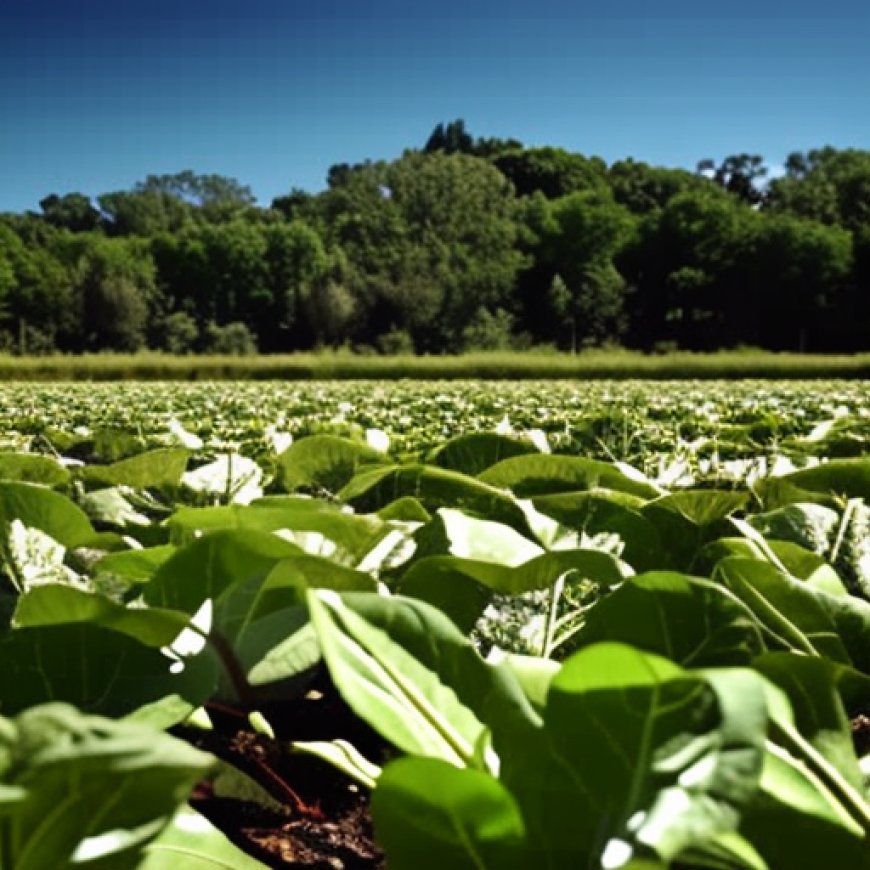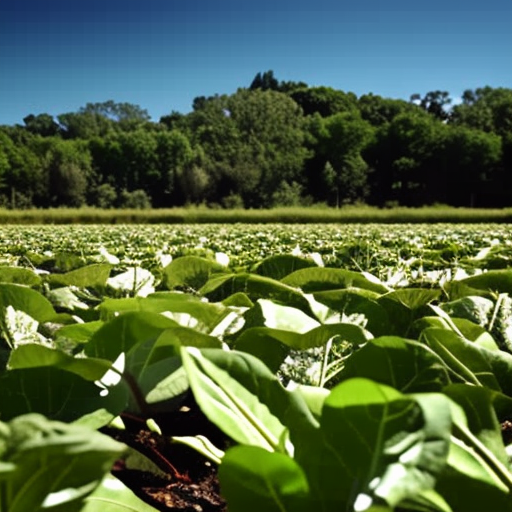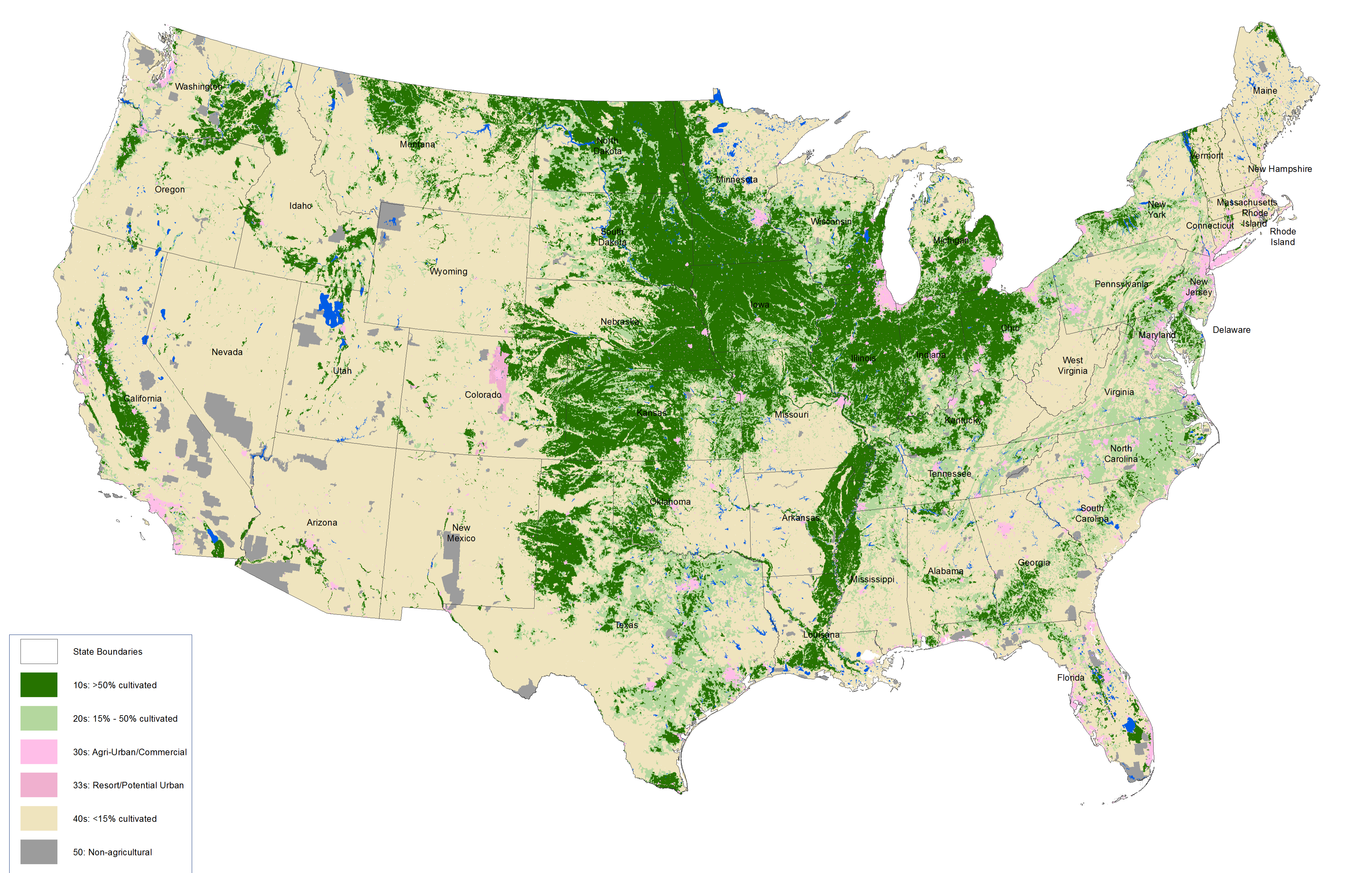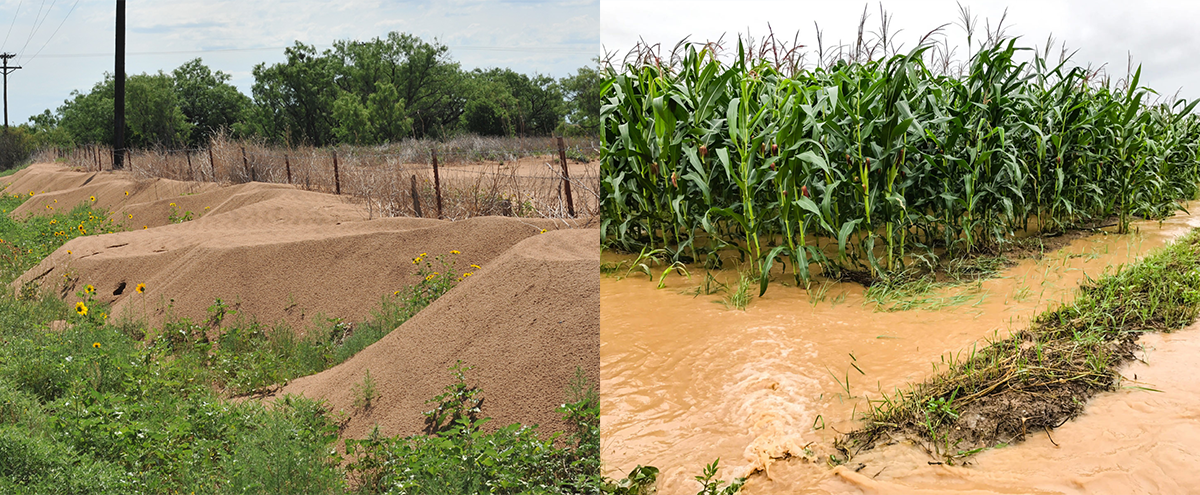Soil and Water: Why We Need Conservation Agriculture
Soil and Water: Why We Need Conservation Agriculture Federation of American Scientists


Devastating Dust Storm Caused by Soil Erosion on Highway I-55
On May 1, 2023, a devastating dust storm – the result of severe wind erosion – propelled soil across highway I-55, causing numerous accidents, injuries, and loss of life. The factors that led to this erosion event were excessive tillage, exposed soils, and windy conditions. In response, the Journal of Soil and Water Conservation published an article proposing a “Soil Health Act,” to improve conservation agriculture policy.
Human Activities and Extreme Weather Events Contribute to Soil Erosion
Most erosion is a direct result of human activities, such as leaving the soil bare for extended periods and excessive tillage in agricultural fields. Extreme weather events exacerbate soil erosion, with large wind erosion events damaging crops and causing air pollution in nearby communities. Water erosion can strip productive topsoil from cropland, reducing crop productivity and depositing sediment in water bodies. The Fifth National Climate Assessment further confirms that extreme weather is on the rise.
The Importance and Challenges of Soil and Water Conservation in the United States
The United States boasts some of the most productive soils globally, particularly in the Midwest region, known as the corn belt. This vast expanse of farmland, which drains into the Mississippi River and eventually reaches the Gulf of Mexico, is a crucial part of our country’s agricultural landscape. However, this network of soil and water, while offering significant benefits, also poses significant challenges if not properly cared for.
Map of U.S. major agriculture cropland areas in dark green. These regions also have highly productive soils. The Midwest soils of Iowa, southern Minnesota, Illinois, Indiana, southern Wisconsin, and Ohio are globally significant breadbasket soils. (Source: National Agricultural Statistics Service, 2017).
Wind erosion in the left photo is active in many regions of the country, leading to poor soil conditions for agricultural production. Water erosion takes productive topsoil and applied fertilizers and chemical products used off cropland as it heads toward streams. (Source: Jodie McVane (left) and Rodale Institute (right))


Sustainable Development Goals and Soil Conservation
Fertilizers, herbicides, pesticides, and other products can enter water sources through two primary pathways: soil and chemical losses. Chemical losses can contaminate groundwater by moving down through the soil profile. Contaminated groundwater flows into private and public water supply wells, with many wells having high nitrate levels from commercial fertilizers and animal applications of manure. Nitrates can pose health risks to infants, cause toxic anemia, and affect red blood cells’ ability to deliver oxygen to the cells and tissues. In adults, reproductive health issues and certain cancers are also possible. And it’s not just nitrates: Atrazine, a common chemical used to control weeds, is found in many drinking wells across the U.S.
When soil erodes, it takes nitrates, atrazine, and other contaminants away from land surfaces and into surface waterways, leading to water quality problems and soil sediment pollution. Many land managers try to avoid creating runoff, but agricultural practices leaving soils exposed with no plant residues and eros
SDGs, Targets, and Indicators
-
SDG 2: Zero Hunger
- Target 2.4: By 2030, ensure sustainable food production systems and implement resilient agricultural practices that increase productivity and production, that help maintain ecosystems, that strengthen capacity for adaptation to climate change, extreme weather, drought, flooding and other disasters and that progressively improve land and soil quality.
- Indicator 2.4.1: Proportion of agricultural area under productive and sustainable agriculture.
-
SDG 6: Clean Water and Sanitation
- Target 6.3: By 2030, improve water quality by reducing pollution, eliminating dumping and minimizing release of hazardous chemicals and materials, halving the proportion of untreated wastewater and substantially increasing recycling and safe reuse globally.
- Indicator 6.3.2: Proportion of bodies of water with good ambient water quality.
-
SDG 12: Responsible Consumption and Production
- Target 12.4: By 2020, achieve the environmentally sound management of chemicals and all wastes throughout their life cycle, in accordance with agreed international frameworks, and significantly reduce their release to air, water and soil in order to minimize their adverse impacts on human health and the environment.
- Indicator 12.4.2: Hazardous waste generated per capita and proportion of hazardous waste treated, by type of treatment.
-
SDG 15: Life on Land
- Target 15.3: By 2030, combat desertification, restore degraded land and soil, including land affected by desertification, drought and floods, and strive to achieve a land degradation-neutral world.
- Indicator 15.3.1: Proportion of land that is degraded over total land area.
Table: SDGs, Targets, and Indicators
| SDGs | Targets | Indicators |
|---|---|---|
| SDG 2: Zero Hunger | Target 2.4: By 2030, ensure sustainable food production systems and implement resilient agricultural practices that increase productivity and production, that help maintain ecosystems, that strengthen capacity for adaptation to climate change, extreme weather, drought, flooding and other disasters and that progressively improve land and soil quality. | Indicator 2.4.1: Proportion of agricultural area under productive and sustainable agriculture. |
| SDG 6: Clean Water and Sanitation | Target 6.3: By 2030, improve water quality by reducing pollution, eliminating dumping and minimizing release of hazardous chemicals and materials, halving the proportion of untreated wastewater and substantially increasing recycling and safe reuse globally. | Indicator 6.3.2: Proportion of bodies of water with good ambient water quality. |
| SDG 12: Responsible Consumption and Production | Target 12.4: By 2020, achieve the environmentally sound management of chemicals and all wastes throughout their life cycle, in accordance with agreed international frameworks, and significantly reduce their release to air, water and soil in order to minimize their adverse impacts on human health and the environment. | Indicator 12.4.2: Hazardous waste generated per capita and proportion of hazardous waste treated, by type of treatment. |
| SDG 15: Life on Land | Target 15.3: By 2030, combat desertification, restore degraded land and soil, including land affected by desertification, drought and floods, and strive to achieve a land degradation-neutral world. | Indicator 15.3.1: Proportion of land that is degraded over total land area. |
Analysis
The issues highlighted in the article are connected to several Sustainable Development Goals (SDGs). These include:
SDG 2: Zero Hunger
The article discusses the importance of sustainable food production systems and resilient agricultural practices to ensure food security. It emphasizes the need to improve land and soil quality to increase productivity and production.
SDG 6: Clean Water and Sanitation
The article highlights the impact of soil erosion on water quality, specifically the contamination of groundwater with chemicals from fertilizers and pesticides. It emphasizes the need to reduce pollution and improve water quality.
SDG 12: Responsible Consumption and Production
The article mentions the release of hazardous chemicals and materials into the air, water, and soil, which can have adverse impacts on human health and the environment. It emphasizes the need for environmentally sound management of chemicals and waste.
SDG 15: Life on Land
The article discusses the importance of combating desertification, restoring degraded land and soil, and achieving a land degradation-neutral world. It emphasizes the need to address soil erosion and degradation to protect land resources and ensure sustainable land use.
Based on the content of the article, specific targets under these SDGs can be identified:
Target 2.4: By 2030, ensure sustainable food production systems and implement resilient agricultural practices that increase productivity and production, that help maintain ecosystems, that strengthen capacity for adaptation to climate change, extreme weather, drought, flooding and other disasters and that progressively improve land and soil quality.
The article emphasizes the need for sustainable agricultural practices, such as cover crops and reduced tillage, to protect soil and prevent soil erosion. These practices can help maintain ecosystems, improve land and soil quality, and increase productivity and production.
Target 6.3: By 2030, improve water quality by reducing pollution, eliminating dumping and minimizing release of hazardous chemicals and materials, halving the proportion of untreated wastewater and substantially increasing recycling and safe reuse globally.
The article highlights the contamination of groundwater with chemicals from fertilizers and pesticides, emphasizing the need to reduce pollution and improve water quality. This target addresses the importance of minimizing the release of hazardous chemicals and materials into water sources.
Target 12
Behold! This splendid article springs forth from the wellspring of knowledge, shaped by a wondrous proprietary AI technology that delved into a vast ocean of data, illuminating the path towards the Sustainable Development Goals. Remember that all rights are reserved by SDG Investors LLC, empowering us to champion progress together.
Source: fas.org

Join us, as fellow seekers of change, on a transformative journey at https://sdgtalks.ai/welcome, where you can become a member and actively contribute to shaping a brighter future.







